Solutions
Products
-
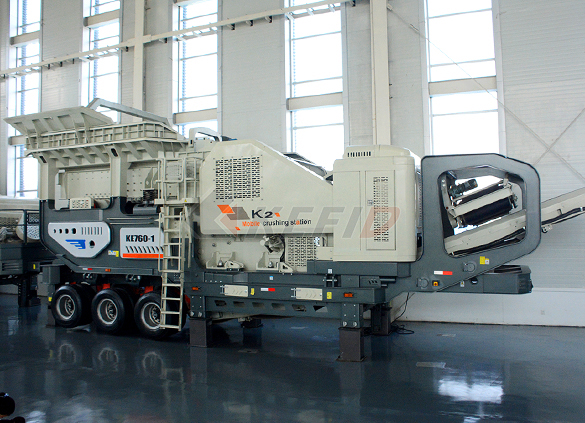
Primary mobile crushing plant
-
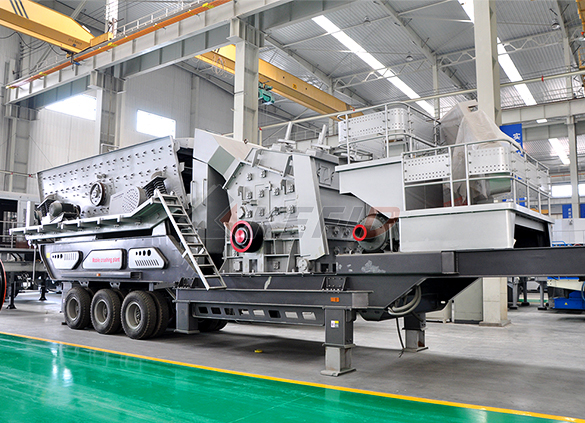
Independent operating combined mobile crushing station
-
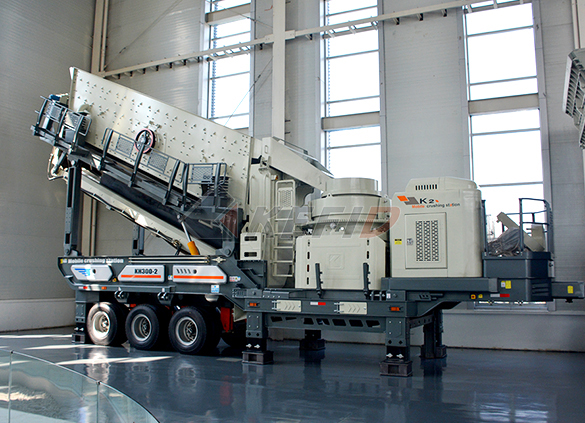
Mobile secondary crushing plant
-

Fine crushing and screening mobile station
-

Fine crushing & washing mobile station
-
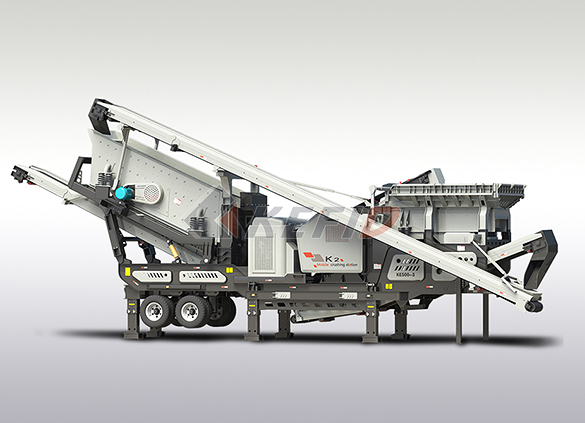
Three combinations mobile crushing plant
-
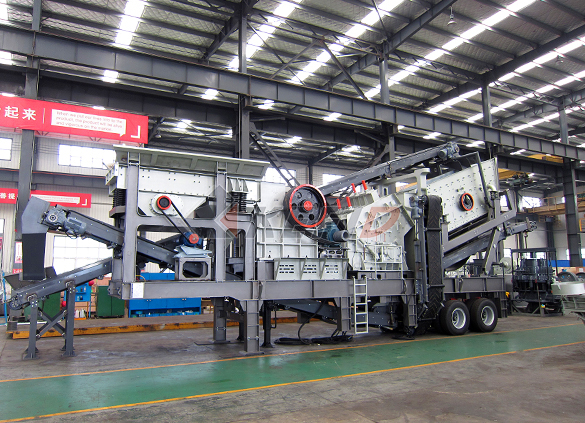
Four combinations mobile crushing plant
-
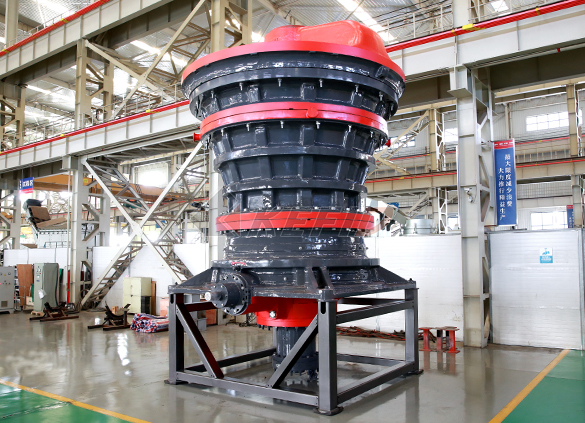
HGT gyratory crusher
-
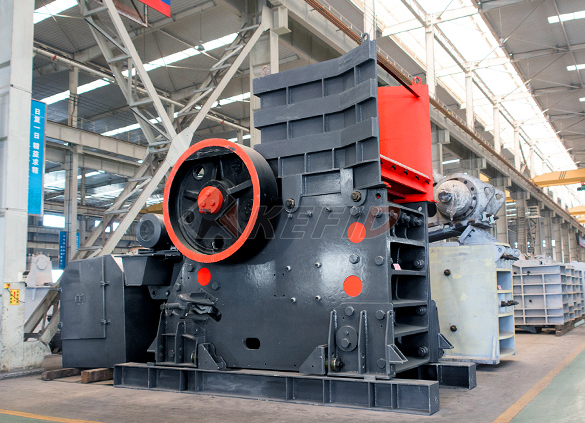
C6X series jaw crusher
-
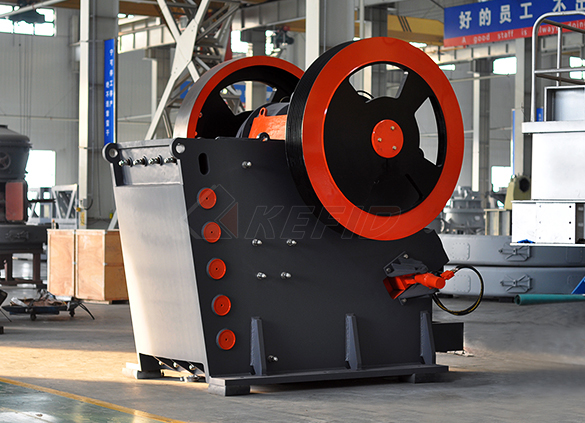
JC series jaw crusher
-
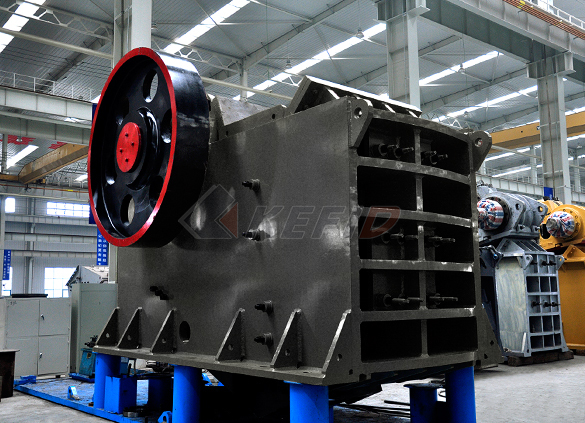
Jaw crusher
-
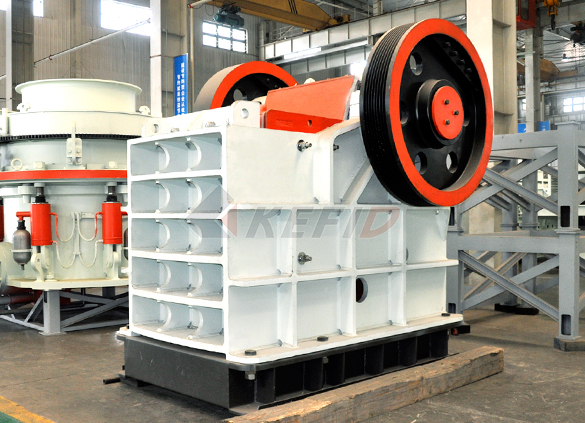
HJ series jaw crusher
-
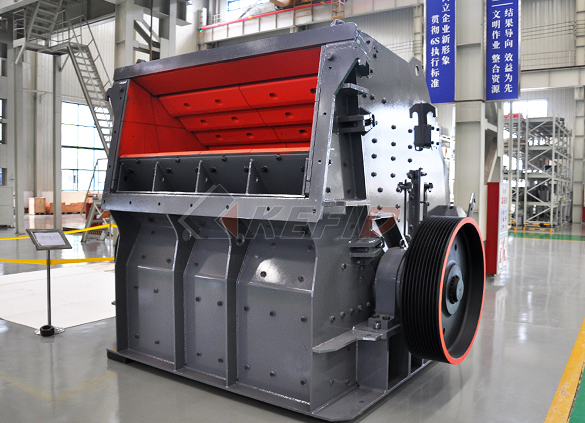
CI5X series impact crusher
-
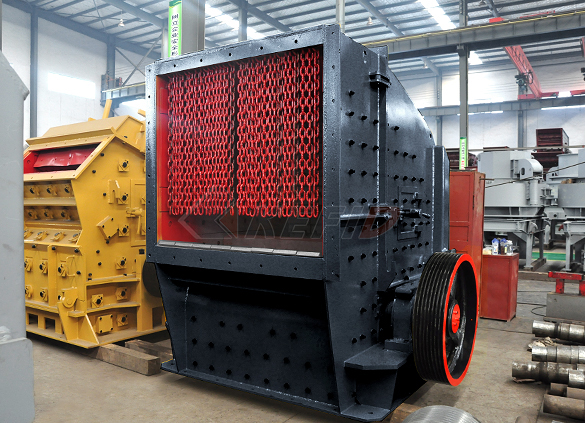
Primary impact crusher
-
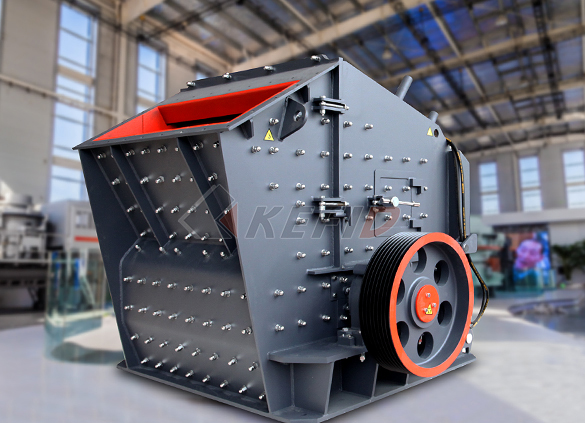
Secondary impact crusher
-

Impact crusher
-
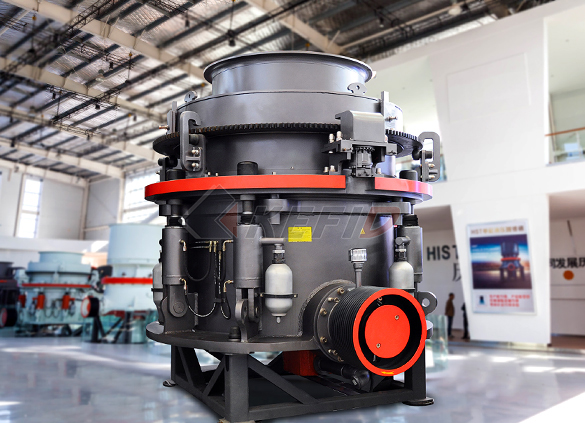
HPT series hydraulic cone crusher
-
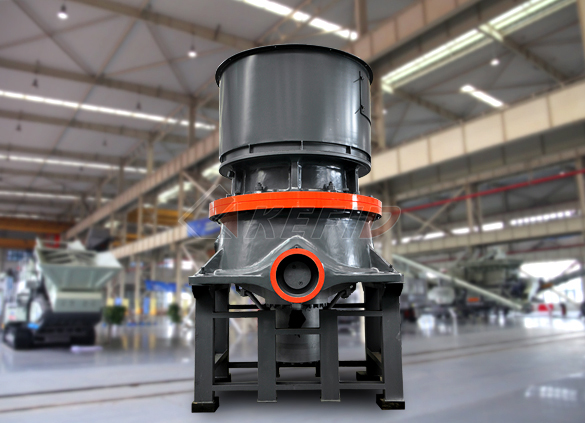
HST hydraulic cone crusher
-

CS cone crusher
-
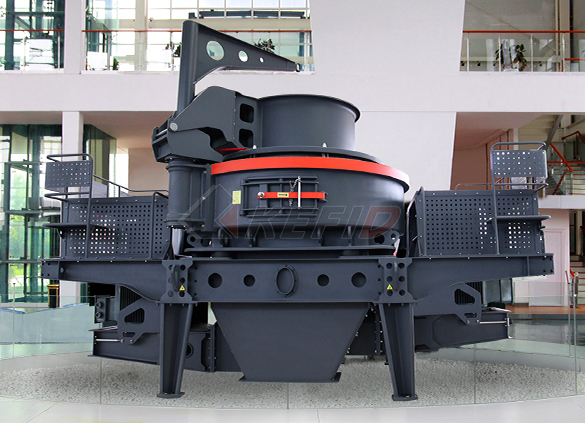
VSI6S vertical shaft impact crusher
-
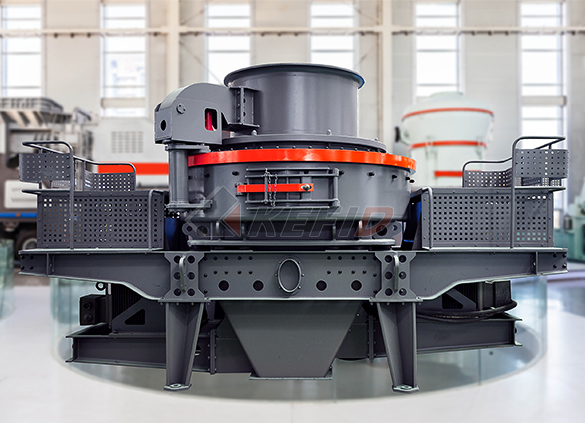
Deep rotor vsi crusher
-
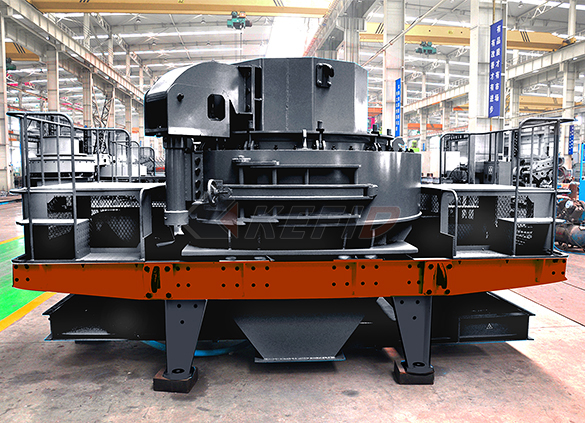
B series vsi crusher
-
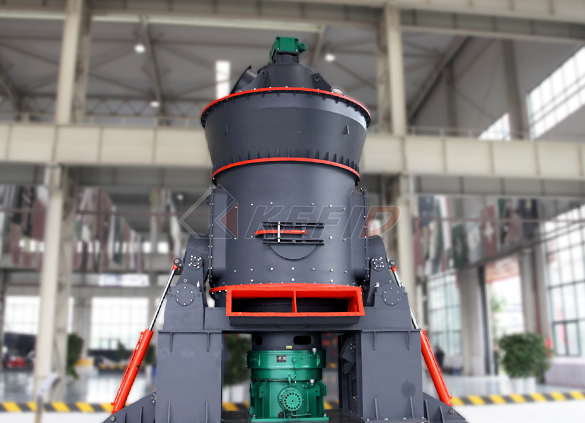
Vertical grinding mill
-
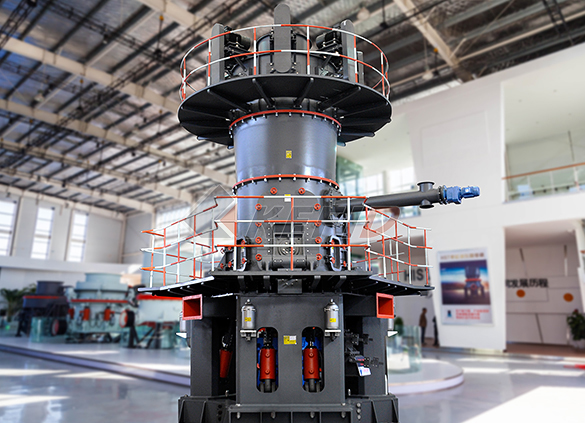
Ultra fine vertical grinding mill
-
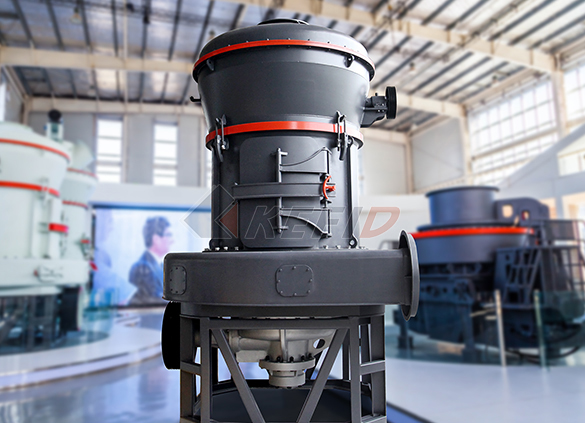
MTW european grinding mill
-

MB5X158 pendulum suspension grinding mill
-
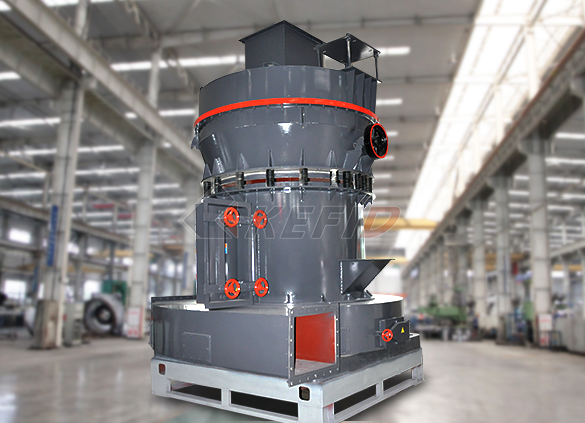
Trapezium mill
-
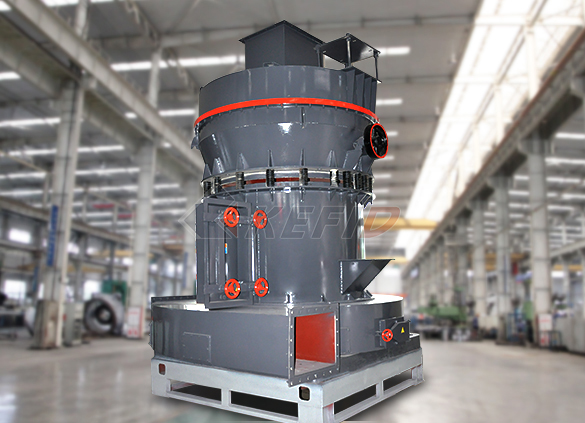
T130X super-fine grinding mill
-

Micro powder mill
-
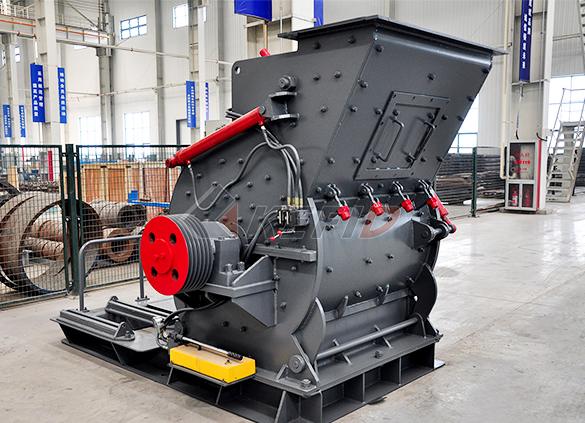
European hammer mill
-
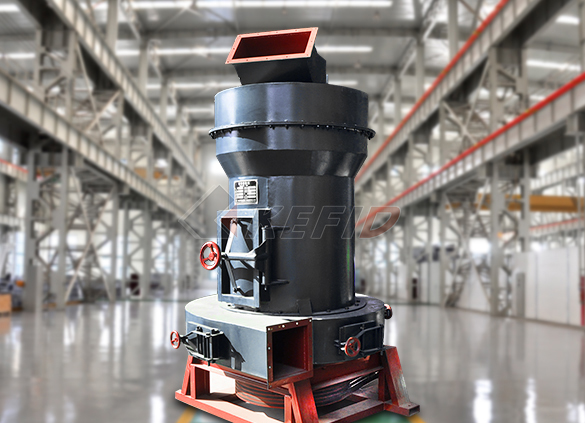
Raymond mill
-

Ball mill
-

GF series feeder
-

FH heavy vibrating feeder
-
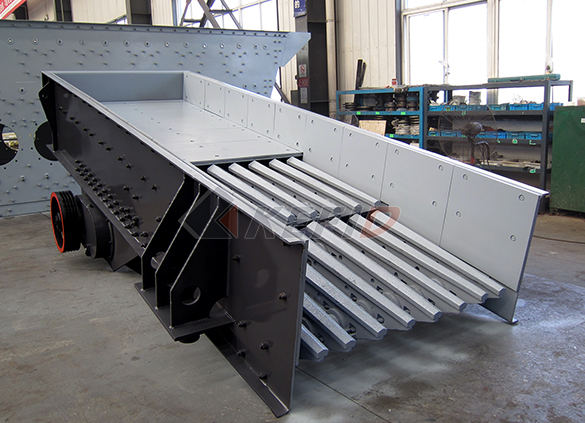
TSW series vibrating feeder
-

Vibrating feeder
-

Vibrating screen
-

S5X vibrating screen
-

Belt conveyor
-
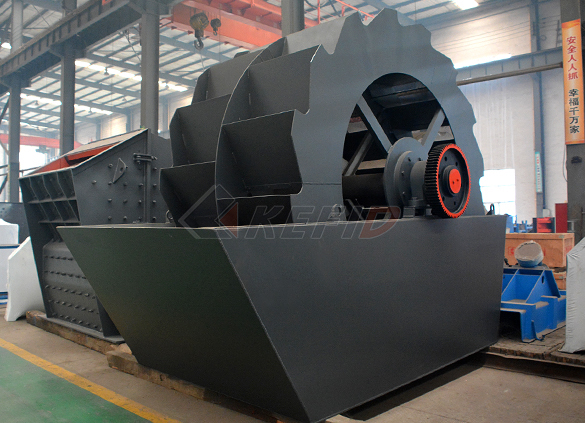
Wheel sand washing machine
-
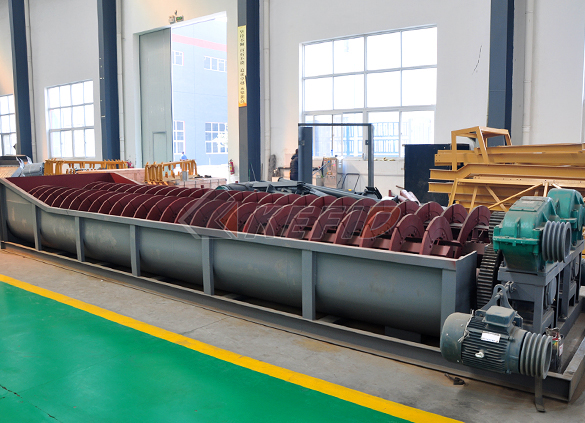
Screw sand washing machine
-
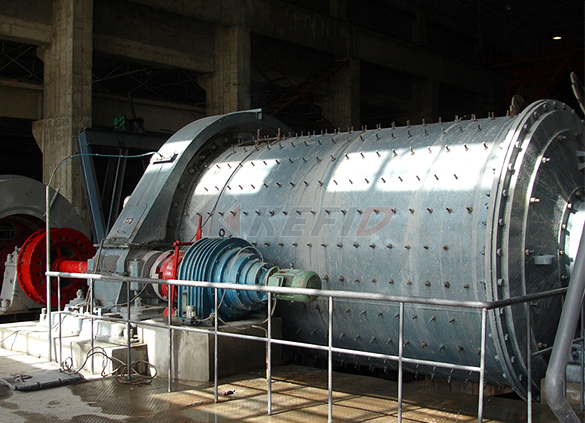
Rod mill
-

Dryer
-
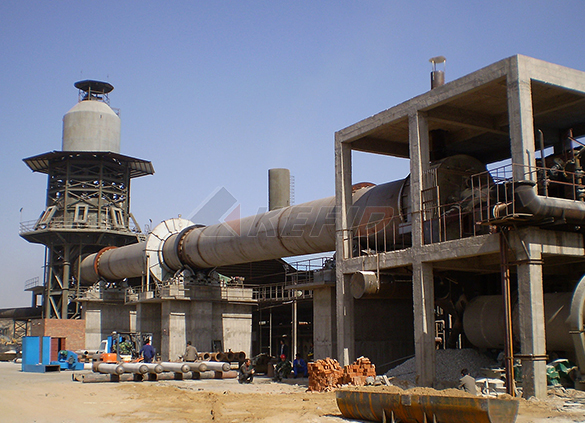
Rotary kiln
-

Wet magnetic separator
-
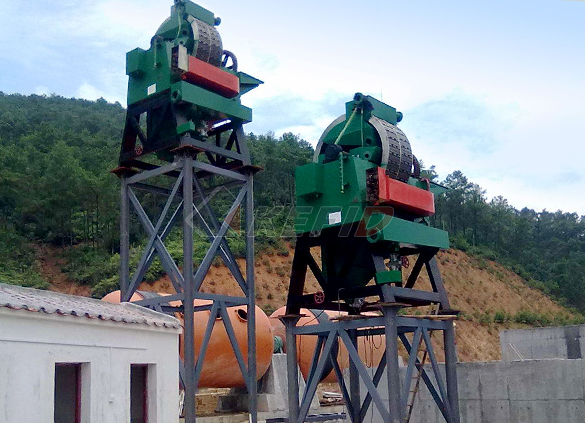
High gradient magnetic separator
-
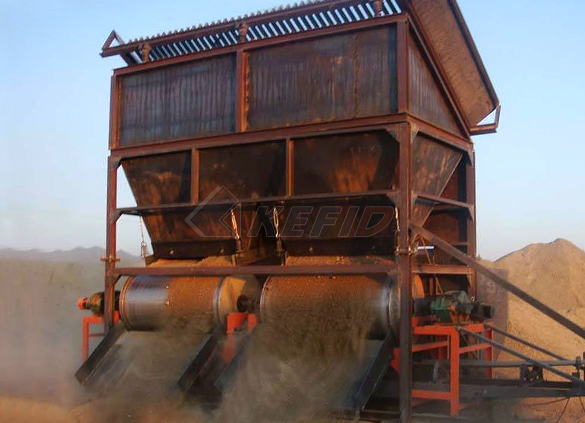
Dry magnetic separator
-

Flotation machine
-

Electromagnetic vibrating feeder
-
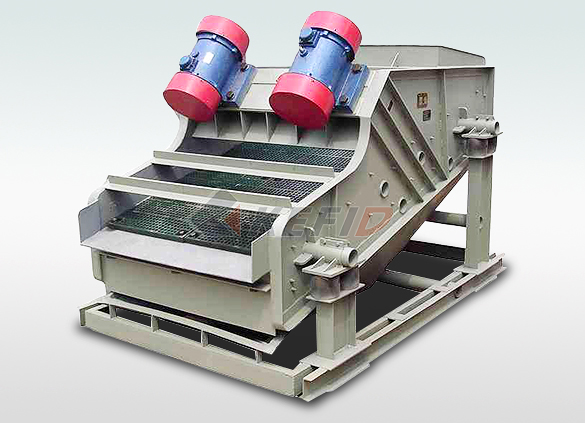
High frequency screen

INCREASING THE USE OF ALTERNATIVE FUELS AT
Increasing the Use of Alternative Fuels at Cement Plants: International Best Practice i NHIS National Health Information Survey OPEX Operational Expenditure PCB Polychlorinated Biphenyl RDF Refusederived Fuel (typical calorific value of 8–15 MJ per kilogram, moisture of 25–40%Generally fossil fuels such as coal, petroleum coke (petcoke) and natural gas provide the therm al energy required for cement industry Usage of alternative fuel (AF) becomes more popular to (PDF) Impact of Alternative Fuels on the Cement Jan 01, 2013 Usage of alternative fuel The cement manufacturing industry is under increasing pressure from the environmental protection agencies to reduce the emissions The usage of AFs in cement manufacturing not only helps to reduce the emission but also has significant ecological benefits of conserving nonrenewable resources [12]Impact of Alternative Fuels on the Cement Manufacturing

Utilization of Alternative Fuels in Cement
reference plant and the impact on cement costs have been and discussed evaluatedThe results show a clear advantage for alternative fuel utilization, both in terms of environmental parameters and also in production costs for the cement plantThe use of waste as alternative fuels in the cement industry has numerous environmental benefits such as: • The use of waste as alternative fuels reduces the use of nonrenewable fossil fuels such as coal as well as the environmental impacts associated with coal miningAlternative Fuels in Cement ManufactureOne of the six workshops organised in this direction was on “Alternative Fuel and Alternative Raw Material” (AF/ARM), conducted on 79 June 2016 This technical report highlights the training provided with respect to the use of alternative fuels and alternative raw materials within the Indian cement sectorALTERNATIVE FUELS AND ALTERNATIVE RAW
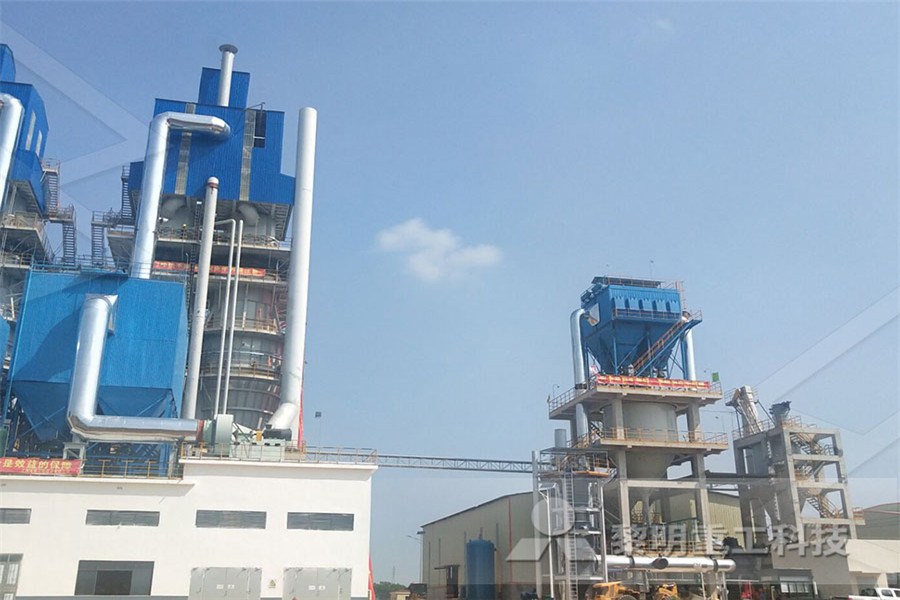
(PDF) Use of alternative fuels in cement industry
The substitution of fossil fuels by alternative fuels (AF) in the production of cement clinker is of great importance both for cement producers and for society because it conserves fossil fuelblending with mineral substitutes, and using lowercarbon alternative fuels to fire the kiln Canada’s cement industry has made progress over past two decades in each of these areas Energy intensity improved by 21% between 1990 and 2010 There have also been improvements in the clinkertocement ratio and the use of alternative fuels is growingAlternative Fuel Use in Cement ManufacturingALTERNATIVE FUELS CONTACT INFORMATION RACHEL DERBY, Vice President of Government Relations Portland Cement Association PHONE: 2026798223 : BACKGROUND STATUS Cement Manufacturing and Alternative Fuels: An alternative fuel policy provides many benefits to our economy, environment, public health, ALTERNATIVE FUELS Portland Cement Association
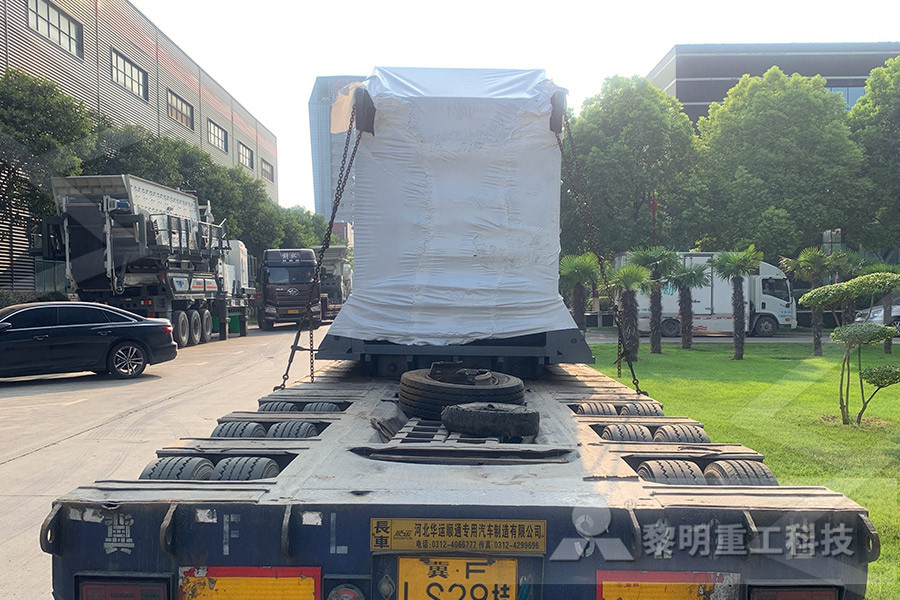
Alternative Fuels in Cement Manufacture
emissions from cement plants exists in all EU countries and the cement plants measure emissions under the control of regulatory authorities These national systems have proved effective in regulating the use of ordinary fuels as well as alternative fuels in cement kilns to the overall benefit of the environment The rules for national regulation ofNov 18, 2010 2 Alternative fuel options for the cement industry Coal is the primary fuel burned in cement kilns, however, the use alternative fuels in cement kilns is now common and increasing The range of alternative fuels is extremely wide They are usually available as gas, liquid and solid as shown in Table 1Alternative Fuels in Cement Manufacturing IntechOpenAlternative fuels systems for Cement Plants can handle a range of fuels that include tyre chips, RDF or SRF fuels Compared with traditional coal, these fuels can provide a significant fuel cost saving The production of cement consumes large amounts of energy which has traditionally been generated by the burning of coal or other fossil fuels Alternative fuels for cement plants
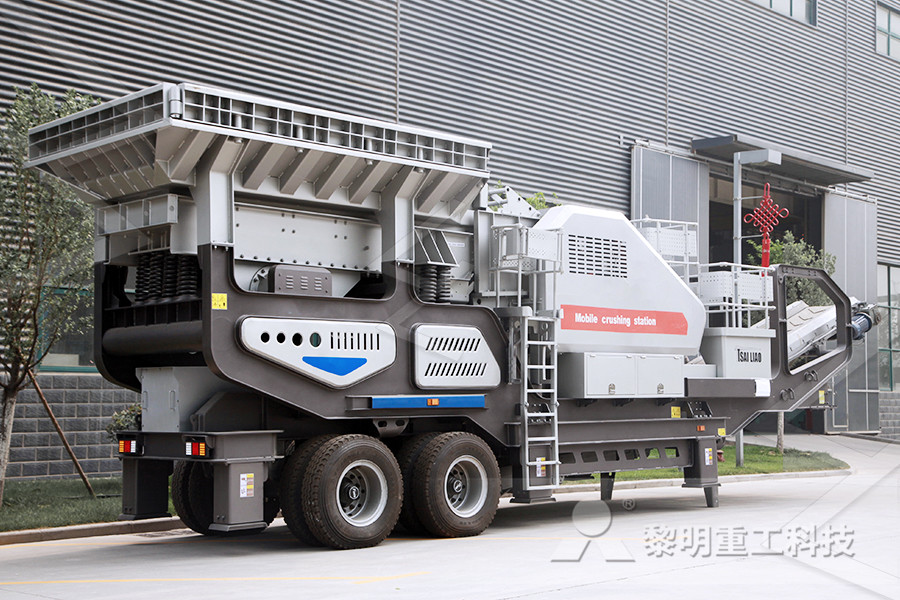
Alternative Fuels Cembureau
In Europe, the cement industry has replaced a large part of its traditional fuel sources with biomass or waste From a technical point of view, much higher substitution rates are possible, with some plants using up to 80% alternative fuels 1 Apart from direct effects of replacing carbonintensive fossil fuels with lowercarbonintensity of alternative fuels, there can also Producing one ton of cement represents approximately 05 ton of CO2 and 100 kg of fossil fuel pet coke The solid waste is used as an alternative fuel for kilns in the cement production plants CEMEX's initiative consists of replacing the use of fossil fuels to coprocessing of solid waste to energize the cement manufacturing processFrom Waste to Value Alternative Fuel in Cement ProductionAlternative Fuels in Cement Manufacturing 2011/08/09Main alternative fuels used in the cement industry Wellestablished technology, on the one hand, allows the rotary kiln of any cement plant to be fired with lowvolatile fuels such as petcoke, lowvolatile bituminous coal, and anthracite, without problem ( Nielsen et al, 1986 ) اGet PriceAlternative Fuels Are Disadvantages On Cement Industry
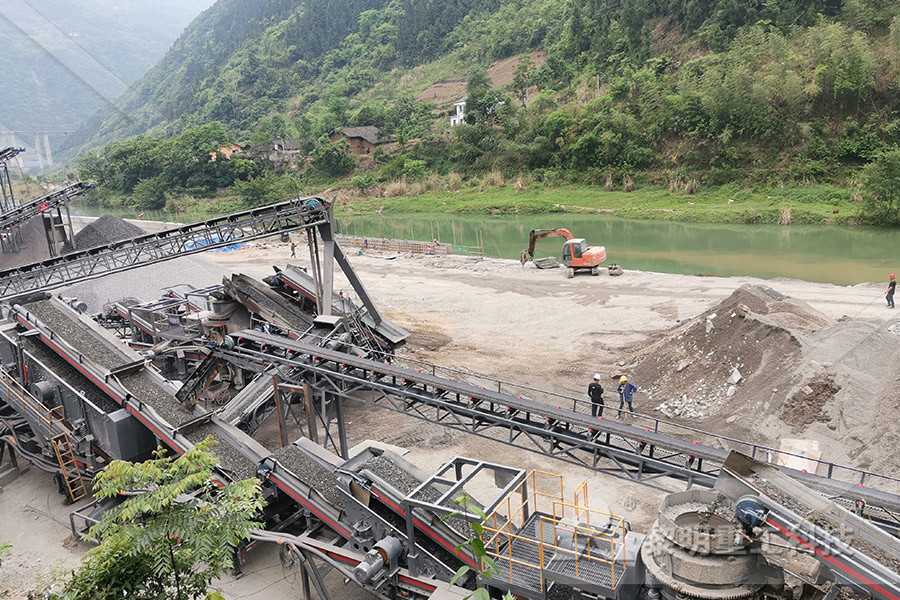
SERF Alternative Fuel for Cement Plants Helvellyn Group
Many cement plants have already adopted some alternative fuels, But SERF allows operators to go coal free with no capital investment SERF is specifically designed to mimic the characteristics of coal allowing for use of the same fuel delivery, preparation and combustion infrastructure, without modification and resulting in the same combustion characteristics, but Alternative Fuels which can be used to increase thermal substitution rate (TSR) in cement industry (use of CV of waste as fuel in cement kiln) Fuel Calorific Value (kcal / kg) 1 RDF from Municipal Solid Waste 28003800 2 Used Tires 67007700 3 Hazardous Waste 40009500 4 Industrial Plastic Waste 40706620 5 Biomass 25003800 6Using Solid Waste Alternate Fuel Raw (AFR) Material as a Jan 01, 2014 In fact, when alternative fuels are used in the cement kiln, these alternative fuels are mixed with the raw meal and can have an influence on the clinker properties A recent paper made a review of the chemical consequences of the minor elements added to the clinker by the use of alternative fuel (Sorrentino, 2011)Assessing the environmental impact of conventional and
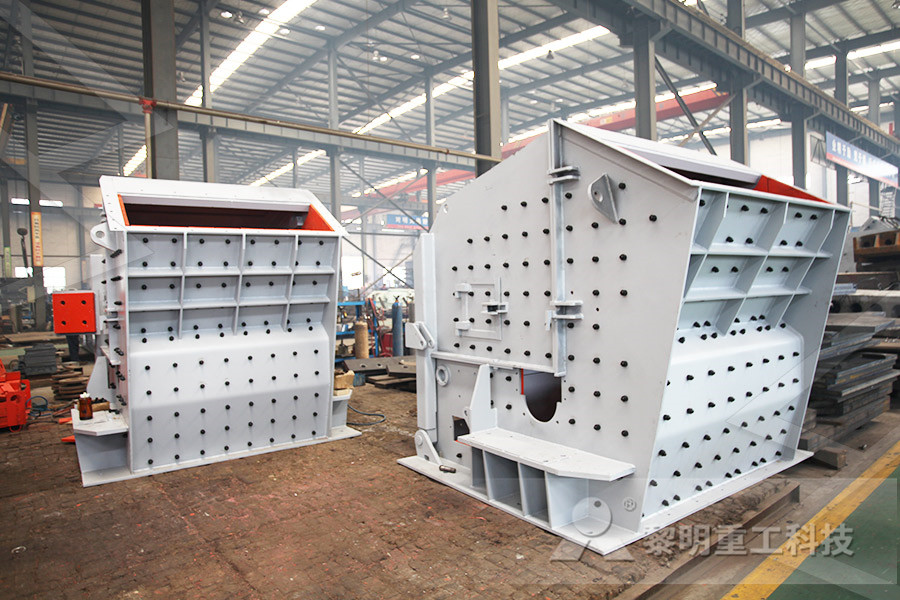
Cofiring of Alternative Fuels in Cement Kiln Burners
title = "Cofiring of Alternative Fuels in Cement Kiln Burners", abstract = "The production of cement is an energy intensive process, where, traditionally, 30 % of operating costs have been related to fuels By increasing the use of alternative fuels in the industry, the operating costs can be significantly decreasedSep 06, 2011 A switch to alternative fuels could reduce the impact of plants on the environment, communities, and human health as well as bring about economic benefits The contents of this report can help professionals working in or with cement manufacturing understand the benefits and harms of this trend – and ultimately make better assessments in Executive Report: Cement Manufacturingusing alternative fuels in cement manufacturing could improve the environmental and the economic performance of the industry The practice has yet to find broad acceptance by Canadian regulators and stakeholders, even though Canadian cement plants have used alternative fuels since the 1970s A review of the relevant literature shows that there is aalternative energy sources in cement manufacturing
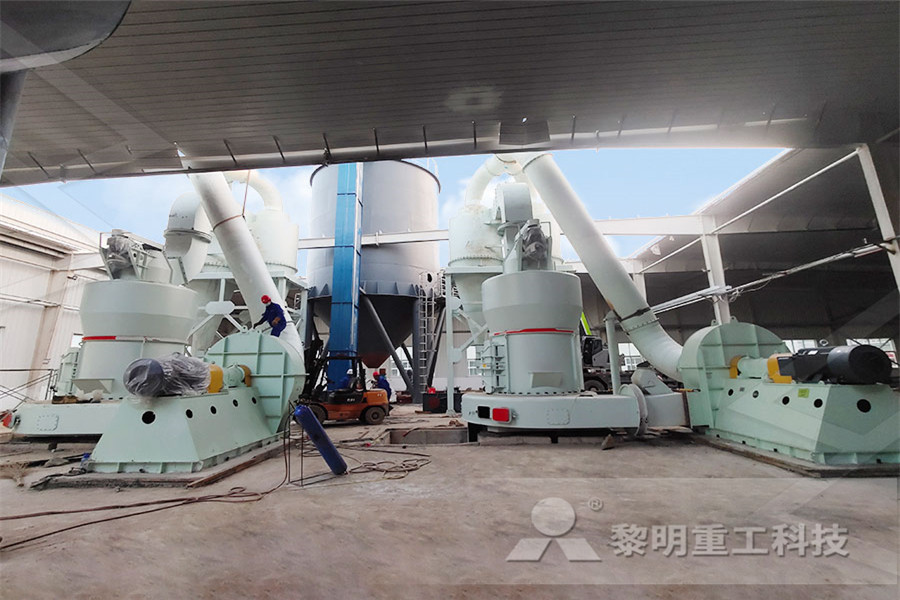
Alternative Fuel Implementation in a Cement Plant: Human
Aug 24, 2016 In June 2010, the cement plant of Montcada i Reixac (MR) (Catalonia, Spain) began a gradual implementation of alternative fuel to replace fossil fuel Between December 2010 and November 2014, we conducted three monitoring surveys to evaluate the state of the environment around the facility Data were compared with results from three monitoring Jan 16, 2015 The family of alternative fuels includes a variety of wastes, ranging from rubber to plastic and paper to wood These are usually available in most regions and are desirable for cement companies due to the cost savings that burning alternative fuels offer, and for the communities due to the reduced environmental impactAlternative fuel projects at Cement Hranice • Aggregate Feb 26, 2021 Today, tire recycling and cement industries are indeed intertwined An abundance of scrap tires at specialized stockpiles, as well as wellorganized tire collection systems and waste management plans, make it Weibold Academy: Impact of alternative fuels in

(PDF) Impact of using alternative fuels on cement rotary
This paper presents the valorization of olive pomace used as alternative fuels (AF) at rotary kiln in Cement plants This study will present the impact of olive pomace on process parameters, the quality of products and the environmental component, the real scale data is employed AF is injected to be burnt at a temperature adjacent to both 2000 Aug 24, 2016 In June 2010, the cement plant of Montcada i Reixac (MR) (Catalonia, Spain) began a gradual implementation of alternative fuel to replace fossil fuel Between December 2010 and November 2014, we conducted three monitoring surveys to evaluate the state of the environment around the facility Data were compared with results from three monitoring Alternative Fuel Implementation in a Cement Plant: Human Impact of alternative fuels on the cement manufacturing plant performance: an overview Azad Rahman*, MG Rasul, MMK Khan, S Sharma Central Queensland University, School of Engineering and Built Environment,Rockhampton, Queensland 4702, Australia Abstract Cement manufacturing is a high energy consuming and heavy polluting processImpact of Alternative Fuels on the Cement Manufacturing

Environmental Science Processes Impacts
around a cement plant after alternative fuel implementation: human health risk assessment† Montse Mari, *a Joaquim Rovira, a Francisco S´anchezSober on,´ a Mart´ı Nadal, b Marta Schuhmacher ab and Jose L Domingo´ b This study aimed at evaluating the potential impact of a cement plant after 4 years of the employment of alternative fuelfor cement plants to derive 2070% of their energy needs from alternative fuels (Portland Cement Association 2006) In the US, as of 2006, 16 cement plants were burning waste oil, 40 were burning scrap tires, and still others were burning solvents, nonrecyclable plastics and other materials (Portland Cement Association 2006)Use of Alternative Fuels in Cement Manufacture: Analysis Temperatures exceeding 1,400°C are needed to carry out reactions for cement chemistry Energy needs for a typical manufacturing plant are 12,000 MMBTU/day Potential alternatives to fossil fuels must provide adequate and economical energy but they must also result in products of combustion that have negligible impact on cement quality and Evaluation of Alternative Fuels to Replace Coal In Cement
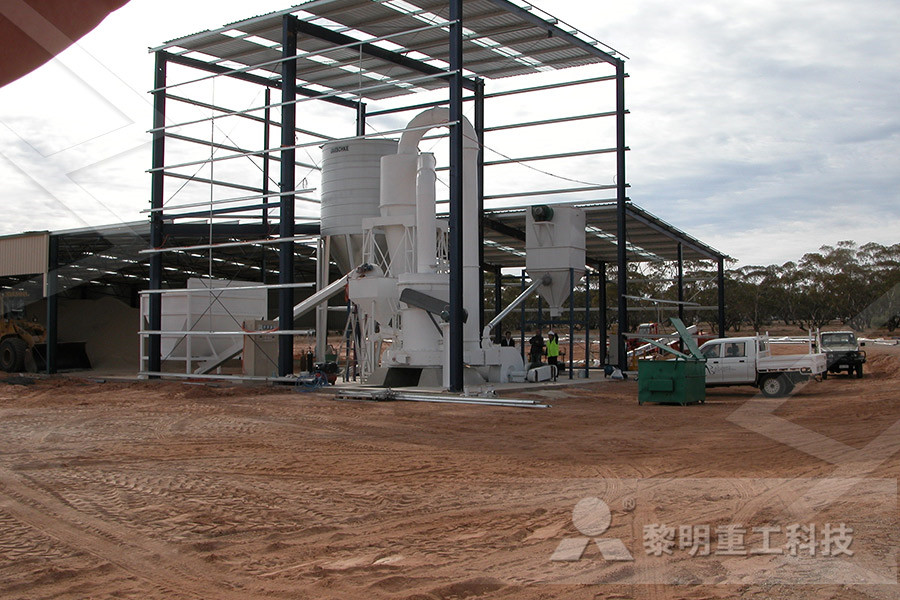
LIFE CYCLE ASSESSMENT OF THE USE OF ALTERNATIVE
Furthermore the use of alternative fuels maximizes the recovery of the noncombustible part of the alternative fuel material and eliminates the need for disposal of slag or ash, as the inorganic part of them substitutes raw material in the cement [20, 21] The term Alternative Fuels (AFs) refers to waste materials used for coprocessingtitle = "Cofiring of Alternative Fuels in Cement Kiln Burners", abstract = "The production of cement is an energy intensive process, where, traditionally, 30 % of operating costs have been related to fuels By increasing the use of alternative fuels in the industry, the operating costs can be significantly decreasedCofiring of Alternative Fuels in Cement Kiln Burners Jan 01, 2014 In fact, when alternative fuels are used in the cement kiln, these alternative fuels are mixed with the raw meal and can have an influence on the clinker properties A recent paper made a review of the chemical consequences of the minor elements added to the clinker by the use of alternative fuel (Sorrentino, 2011)Assessing the environmental impact of conventional and

Guidelines for CoProcessing Fuels and Raw Materials in
313 Clinker, cement and final product quality 11 32 Employee health and safety 12 4 Recommended techniques and practices for cement coprocessing 13 41 Collection and transport of waste and byproducts 13 42 Acceptance of alternative fuels and raw materials 14 43 Responsible use of biomass 15 44 Commonly restricted waste 15Jun 23, 2009 Catalan scientists have shown that using mud from waste water treatment plants as a partial alternative fuel can enable cement factories to reduce their CO2 emissions and comply with the Kyoto Protocol, as well as posing no risk to human health and being profitable These are the results of an environmental impact assessmentWaste Water Treatment Plant Mud Could Be Alternative Fuel Alternative Fuels in Cement Manufacturing 2011/08/09Main alternative fuels used in the cement industry Wellestablished technology, on the one hand, allows the rotary kiln of any cement plant to be fired with lowvolatile fuels such as petcoke, lowvolatile bituminous coal, and anthracite, without problem ( Nielsen et al, 1986 ) اGet PriceAlternative Fuels Are Disadvantages On Cement Industry

Fuels and Materials St Marys Cement
These applications are an excellent alternative to reduce the environmental impact of the cement industry, as a substitute for fossil fuels, reduce CO2 emission rates, decrease the amount of waste in landfills and deposits and thus alleviate the